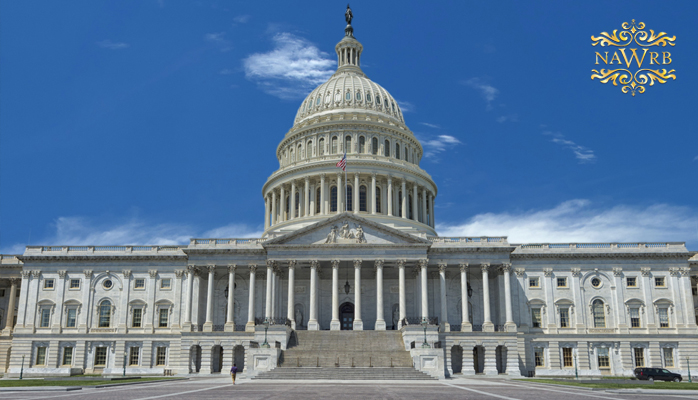President Trump has recently signed into law, H.R. 701, the “Paycheck Protection Program Flexibility Act (PPPFA),” which makes the Paycheck Protection Program (PPP) more flexible for PPP loans originated on or after June 5, 2020. The SBA will now forgive loans received through this program if businesses disburse their PPP funds within 24 weeks, and if 60 percent of the funds is used for payroll. The other 40 percent can be used for rent, mortgage interest, utilities and other related costs.
Changes by the PPPFA, include:
- Extending the “covered period” during which businesses must disburse their PPP funds from eight weeks to 24 weeks (although businesses with PPP loans can opt to retain the eight-week covered period);
- Reducing the proportion of PPP funds that must be spent on payroll in order for the loan to qualify for forgiveness from 75 percent to 60 percent; and
- Amending some CARES Act PPP provisions to extend:
- The period for which funds may be repaid to five years;
- The loan deferral period authorized in the CARES Act to ten months from the end of the loan’s covered period; and
- The deadline for rehiring individuals to June 30, 2020.
These changes to the PPP follow two Interim Final Rules (IFRs) issued by the SBA that went into effect May 28, 2020, which you can read here.
The PPP was created to help small businesses recover from Covid-related economic loss, and provides loan forgiveness for retaining employees by temporarily expanding the traditional SBA 7(a) loan program.
As stipulated by the SBA, small businesses can apply for PPP through “any existing SBA 7(a) lender or through any federally insured depository institution, federally insured credit union, and Farm Credit System institution that is participating. Other regulated lenders will be available to make these loans once they are approved and enrolled in the program. You should consult with your local lender as to whether it is participating in the program.”

 Login
Login

